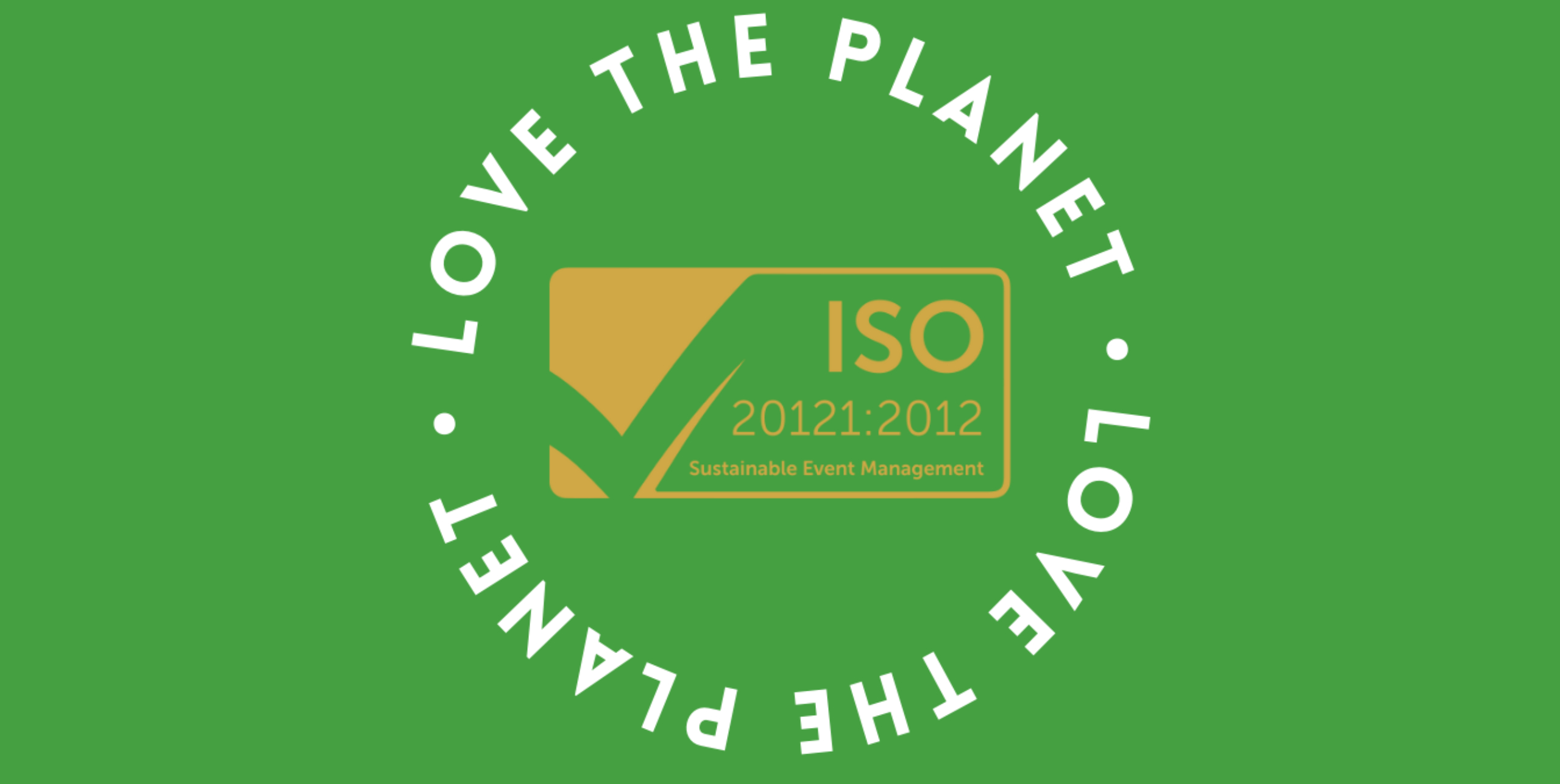My Anxiety and Me – Finding space for mental health in a busy workplace
I sat at my laptop for a while before actually being able to figure out how to start… Then I got distracted. I started Googling how long a good length blog post was, because even though I’ve spent over 14 years writing blog posts the view on what is a good length changes from time to time.
If you are wondering… currently, multiple guides say that the standard attention span of an adult is up to 2,000 words for a blog. This then led me to downloading a free eBook that one of the websites offered, why? It’s free! And it promises to teach me how to write successful blog posts. As I started to read over the document, I noticed I began to sweat profusely, I found it a little hard to concentrate and before I even realised it, I was having an anxiety attack.
Yes, that quickly, and seemingly out of nowhere. This is anxiety.
What is Anxiety?
A common health condition characterised by persistent feelings of fear, worry and unease. It goes beyond everyday stress and can significantly impact a person’s mental well-being. The effects of anxiety can be far-reaching, influencing various aspects of one’s life. It can disrupt daily routines, hinder concentration and productivity, strain relationships, and lead to physical symptoms such as headaches, muscle tension, and sleep disturbances. Over time, untreated anxiety can contribute to the development of other mental health conditions, exacerbate existing ones, and hinder overall quality of life. Understanding anxiety and its impact is essential for promoting mental health and providing support to those affected.
In today’s fast-paced and demanding work environments, mental health in the workplace has slowly become a topic discussed more and more in our offices. Where once those struggling with their mental health, in no matter what capacity, felt like they had to hide this aspect of their life, it is now more common to openly address and prioritise mental wellbeing.
Anxiety in the Workplace
When considering how busy workplaces get, it is no surprise that this issue significantly impacts both the productivity and overall well-being of employees. According to Deloitte’s report on Mental Health and Employers – on average, people take more time-off to deal with mental illness (stress, depression, or anxiety) than other reasons1. This is further supported by the Mental Health Foundation’s article that said 1 in 6 people in the UK experience mental health problems in the workplace2 and because of the lack of support for mental health in the workplace, the UK lost 17 million working days due to work-related stress, depression or anxiety in the year 2021 – 20223
Perhaps the important first step in being able to create a nurturing and inclusive workplace for those struggling with their mental health, is for employers to understand the various factors that can lead to developing workplace anxiety. These include, but are not limited to:
- Tight deadlines
- Heavy workloads
- Unclear expectations
- Social interactions
- Work-life imbalance
How to Spot Anxiety
At this point, we understand where workplace anxieties can be triggered, we also see the impact it can have on our workforce, but what do we do next? Recognising (signs of) anxiety in the workplace is crucial for maintaining a healthy work environment.
Here is a non-exhaustive list of symptoms of anxiety:
Physical signs –
- Increased heart rate and shortness of breath (not related to physical overexertion)
- Muscle tension and headaches (I myself suffer from bruxism as a result of anxiety)
- Gastrointestinal issues
Emotional signs –
- Excessive worrying
- Reduced confidence
- Irritability and restlessness
- Sense of impending doom
Behavioural signs –
- Difficulty concentrating and making decisions
- Avoidance of work tasks or social interactions
- Increased absenteeism or ‘presenteeism’ (some individuals may continue to come to work but experience presenteeism, where they are physically present but unable to fully engage or perform at their best)
- Reduced communication (this is something I’m particularly bad at doing… when I’m experiencing high levels of work anxiety, my go-to in the past was to not communicate those feelings when naturally I am an open communicator)
It is important to practise self-awareness and reflection to identify personal anxiety triggers in the workplace. Each individual may have unique triggers that contribute to their anxiety, taking the time to understand these triggers can empower individuals to manage their anxiety more effectively. Individuals can ask themselves questions such as “What situations or tasks make me feel particularly anxious?” or “What thoughts or beliefs contribute to my anxiety in the workplace?” This introspection allows individuals to gain insights into their personal triggers, enabling them to develop strategies for coping and seeking support when needed. By fostering a culture of self-awareness and reflection, both individuals and employers can work together to create a more supportive and anxiety aware work environment.
So, revisiting the scenario we first started with…me writing this blog post, being heavily aware that I had set myself a tight deadline… but suddenly being distracted by an interesting guide and having a panic attack as a result. If broken down and reflected upon, I realise that my trigger was related to past experiences. From years of working in environments where output and delivery mattered above all else, including personal development and learning. Whilst my current workplace has not made me feel this way, the developed anxiety triggers over the years was enough to send me into a mental health spiral, which was not only detrimental to my productivity but also knocked my confidence. I found myself telling myself off for not prioritising my work over expanding my knowledge on a topic that would have probably actually helped me with my task!
But to take you on this spiral for the point of showing you a very real example of how small anxieties can grow to be bigger than they are. I realised that the reason I had even felt comfortable enough to download the eBook in the first place was because in my short time here at Shelton Fleming, I have been part of an incredibly empowering culture where interests, individuality and passions are at the heart of what we do.
What should workplaces do?
Which brings us to a discussion on the role employers have in promoting mental health in the workplace. Employers have a responsibility to create a supportive and inclusive work environment that sees value in prioritising mental health. No longer can organisations just see mental health as the tick box exercise, but instead must show and tell how they are fostering a healthy work environment. Employers can implement policies and practices that promote mental well-being, destigmatise mental health issues through open and honest communication, and provide resources for employees to seek help when needed.
Practical support that employers can provide to facilitate this would be establishing things such as employee assistance programs, mental health awareness training and access to counselling services. Alternative options that may be available include flexibility in work arrangements (because life happens and everyone has different responsibilities outside of work), re-evaluate workloads and expectations to reduce stress and prevent burnout. By actively addressing mental health concerns, employers not only fulfil their ethical obligation but also foster a culture that values and supports the overall well-being of their employees, not to mention it can have a positive effect on productivity, job satisfaction, employee advocacy, team morale and staff retention.
Just one example of how Shelton Fleming encourages emotional intelligence, open communication and cross-team bonding is through our Behaviour Recognition coffee mornings, where we nominate 1 person from any area of the business to thank for exhibiting behaviours that align to our core company values (values created through understanding our overall company mission whilst considering what is important to employees).
When we first started this, I must admit I was really anxious…I’m afraid of public speaking, in fact I physically react to it…through sweating that one just cannot hide. For me personally the coffee mornings help me practise my public speaking in a safe space, surrounded by my supportive colleagues. I’m also not great at hearing compliments, but of course this initiative is all about praise and recognition! So, at first, I just accepted (it’s a funny thought if I’m honest!) that people wanted to be nice to me! But now? I have to admit… because it’s tough for some of us to hear we’ve done a job good (that’s the imposter syndrome screaming out!) it is actually really good that we have been forced to push outside our comfort zones, and hear when our work has been helpful…because creating a safe and inclusive space that provides good support for mental health, does not mean employees need to be hand held or wrapped in bubble wrap.
All we’re asking for is a little bit of patience, understanding and even the occasional reminder that despite our anxious disposition, we’re still very much a wanted and important part of the workforce that for a lot of us, is something we care so much about.
What can employees do?
But the responsibility is not just for the employers and organisations. Personal coping mechanisms are essential for managing anxiety in the workplace, as they empower individuals to take control of their mental well-being. There are various strategies that individuals can explore (we’ve been sharing them on our Instagram page all week!) it’s important to try different ones to see what works best for them. I personally do not like the idea of traditional meditation, but I do use breathing techniques (my go-to is Box breathing) when feeling particularly anxious or overwhelmed. Mindfulness is something I practise every day, and the biggest game changer for my mental health has been challenging my own thoughts. Please know that everyone is different, and anxieties can be triggered by different things, therefore it is important to consider that what works for me, may not necessarily work for you. I share what has been helpful to me, only to encourage you to try out different things until you find what helps you.
Something most of us have been taught very late in life is setting boundaries, and yes that includes within the workplace! Learning to say no, when necessary, can prevent overwhelming workloads and create a sense of control. As does taking regular breaks throughout the day, engaging in physical activity, or practising relaxation techniques. It’s important for individuals to incorporate self-care into their daily routine and maintain a healthy work-life balance by incorporating enjoyable activities outside of work such as spending quality time with loved ones and getting sufficient rest.
But whatever you do, don’t do a me and stop communicating. Practising open communication and seeking support are vital when it comes to alleviating problems when it comes to anxiety in the workplace. It is crucial to foster and live by an environment where an open dialogue about mental health is encouraged and supported. In fact, I have been seeing a therapist regularly since 2017, something I don’t share often with people. But saying bye to one of my colleagues, someone I trust and look up to a lot, someone I considered ‘put together’ and ‘has their life figured out’ openly said that they had their own therapy session the next day. The 5-minute interaction, whilst completely normal to my colleague, had me pause in my tracks for a moment. Because whilst I absolutely advocate for anyone seeking help to better their quality of life, I’ve never experienced such openness about it. It really did inspire me, especially in writing this blog post.
I was diagnosed with severe anxiety at the age of 12 years old. Despite this, I was not educated about Mental Health and all the things it can affect in some way or another. As employers, it is also important to consider this factor when trying to address mental health. Not everyone knows what to look out for or to expect it within themselves.
Whilst I have anxiety, it doesn’t change my passion for my work, it doesn’t stop me from feeling the excitement of a new project, or wanting success for the organisation I am part of but also for my colleagues. Anxiety is just one aspect of who I am, but not what I am. But if truth be told, those of us who suffer from anxiety can get left behind by workplaces quite easily, for the simple fact that, yes, some allowances do need to be made to truly provide an inclusive environment for those struggling with their mental health.
By working together, employers and employees can create a culture that values and supports individuals’ well-being and fosters a safe space where anyone and everyone can thrive. Remember that showing support and solidarity does far more for business success and personal development than fear mongering and micromanaging. Employees have far more to offer to their organisations than completing tasks and getting things over the line…they are human beings who will contribute towards positive values and authentic company support. We are more than our minds.
So please allow me to introduce myself, my name is Jessy, and I have anxiety, but anxiety doesn’t have me!
Meet the author
This blog post was written by Jessy Richards, Marketing Manager here at Shelton Fleming. Passionate about the art of storytelling and mental health awareness, Jessy jumped at the opportunity to share her knowledge and experience with mental health, in particular workplace anxieties, all in the name of spreading awareness and normalising talking openly and safely about employee wellbeing.

Hear more from Jessy here: linkedin.com/in/jessica-joan-richards-481a1181
Get in contact with us to find out how we can incorporate strategy, creativity and innovation to create an immersive and memorable experience for you, your brand but most importantly your partners and customers!










